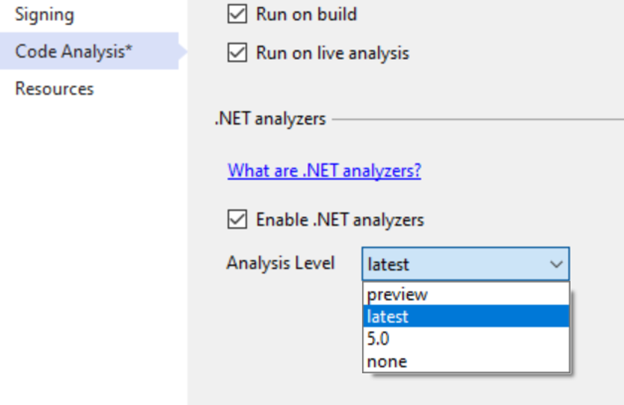


Try the new System.Text.Json source generator

Migration of Bing’s Workflow Engine to .NET 5

Loop alignment in .NET 6

What’s next for System.Text.Json?

The updated GetGCMemoryInfo API in .NET 5.0 and how it can help you

ARM64 Performance in .NET 5

Automatically find latent bugs in your code with .NET 5

Performance Improvements in .NET 5


 Light
Light Dark
Dark